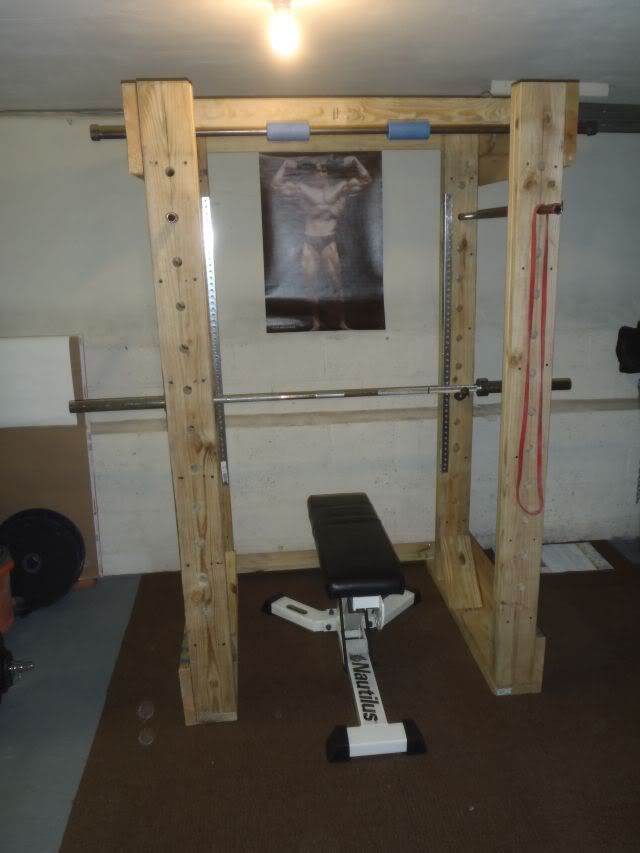I'm starting to think these might qualify as comfort lifts.
I'd define a comfort lift as any exercise you do primarily because it's a demonstration of your strengths (literal strength, or something else like power, skill, or endurance) or just out of habit. It's not necessarily getting you to your goals - although it may in fact be - but you do it anyway.
Do you have "comfort lifts?"
It's probably easier to observe in others. People who always do 15 minutes of treadmill cardio at the end of their workout, with no variation in resistance, intensity, or incline. People who always do chinups instead of pullups because their biceps let them knock out more reps. People who always do the same rehab work long after what they are rehabbing is gone. For my part, I can justify every single one of my lifts and exercises - but that's what I mean by "easier to observe in others." An objective outsider could probably spot what I repeat despite it no longer having meaning, or work on because it's rewarding and not because it's productively improving my game or my strength.
I think this goes back to the fundamental question of "Why?" - Why are you doing that exercise? What is it getting you? Why aren't you doing a variation of that exercise, or swapping it out? Why are you doing sets of 5 instead of 10 for exercise X? Why three sets and not four, or four sets and not three? You may not be able to objectively answer, but the examination alone can be valuable. Think of how you'd answer another person looking at your workout and asking . . . why?



